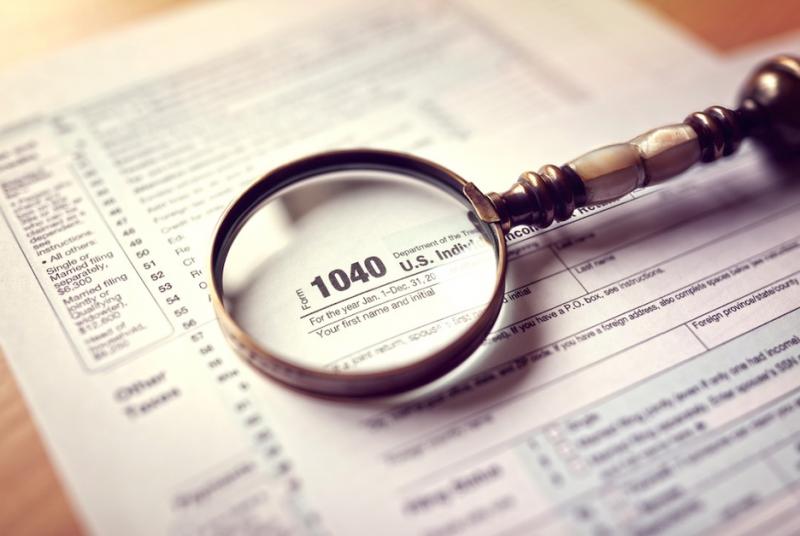How To Deduct Dental Expenses On Your Tax Return

Going to the dentist is nightmare material for many people. But the next time you go see the “tooth-scary”, there may be a silver lining in it for you. You may be able to deduct your dental expenses on your tax return. This won’t make your root canal hurt any less, but it will reduce your tax bill, which is almost as good.
As a CPA and CEO of an accounting firm in California, I’ve helped many people, including dental practices, save thousands of dollars simply by claiming the tax credits and tax deductions that they were already eligible to receive. If you’re trying to deduct dental expenses on your tax return, this article is for you. Please note that, while writing this post, I referred to IRS materials like Publication 502 so you can have confidence in what you learn.
Can I write off my dental expenses?
It’s important to note that dental expenses are included in the IRS’ definition of medical expenses. According to the IRS, medical expenses are the costs you pay for diagnosing, curing, mitigating, treating, or preventing disease or disability of any body part or bodily function. This means that the cost for a doctor visit or a life-saving surgery bill would likely be eligible as a tax write-off. However, it also includes equipment, supplies, and devices prescribed by physicians to treat, manage, or prevent a disease or medical condition.
So, in short, the answer is yes, you can write off most dental expenses. But you must be sure that they meet the following conditions:
- You cannot deduct the cost for cosmetic dental procedures or services.
- You must itemize your tax deductions.
- Your dental expenses (either alone or when combined with other qualified medical expenses) must be greater than 7.5% of your adjusted gross income.
Now, let’s break those three conditions down a bit so it’s a bit easier to put into practical terms.
Dental costs for cosmetic reasons aren’t tax-deductible.
Just like other medical expenses, the IRS does not allow you to include costs for cosmetic surgeries and procedures in your deductible medical expenses. This means that, just as you could not include the cost of a facelift for purely cosmetic reasons, you cannot deduct cosmetic dental expenses like teeth whitening.
Additionally, the cost for veneers, crowns, caps, and other cosmetic dental procedures can’t be included in your itemized medical expenses.
You must itemize your tax deductions.
If you have medical and dental expenses that aren’t covered by your insurance or reimbursed by your employer, you can deduct those eligible expenses from your tax bill.
To itemize your tax deductions, you’ll use Schedule A form and list your expenses under the “Medical and Dental Expenses'' category. Remember, you don’t have to include expenses for each category; just include all of your eligible expenses under the appropriate category.
When you’re itemizing expenses, be sure to compare it to the standard tax deduction for your income bracket to ensure that it’s the most beneficial route for you. Also, remember to keep detailed expense records throughout the year, so you’re able to properly decide whether or not an expense is deductible.
Your expenses must be more than 7.5% of your AGI.
Your adjusted gross income (AGI) is your gross income from wages, salaries, and interest payments minus any adjustments for student loan interest and IRA deductions. You can deduct the amount of your total unreimbursed dental and medical expenses that exceeds 7.5% of your AGI for that year.
For example, if your AGI is $40,000 and your combined expenses total $5,000, you could deduct $2,000. Since 7.5% of $40,000 is $3,000, you can deduct the remainder of your total combined medical and dental expenses.
What dental expenses can I deduct on my tax return?
Deductible dental costs include the expenses you pay to prevent or alleviate a dental disease:
- Teeth cleaning
- Sealant applications
- Fluoride treatments
- Dental X-ray services
- Tooth fillings
- Braces
- Extractions
- Dentures
To better serve U.S. taxpayers, the IRS created an Interactive Tax Assistant, called “Can I Deduct My Medical and Dental Expenses?”. This online questionnaire takes about 15 minutes to complete and uses your answers to help you calculate the tax-deductible amount of your allowable medical and dental expenses.
More to Read:
Previous Posts:





